Today, the biggest news comes from Eastern Europe.
Here, a Shahed-type drone flew directly into Lithuanian airspace and passed over the capital, marking a serious escalation in Russia’s aerial provocations against Nato’s eastern flank. Poland’s air force is already on a nightly high alert, and now the rest of the Baltics are joining in, raising what increasingly resembles an iron Curtain in the air.
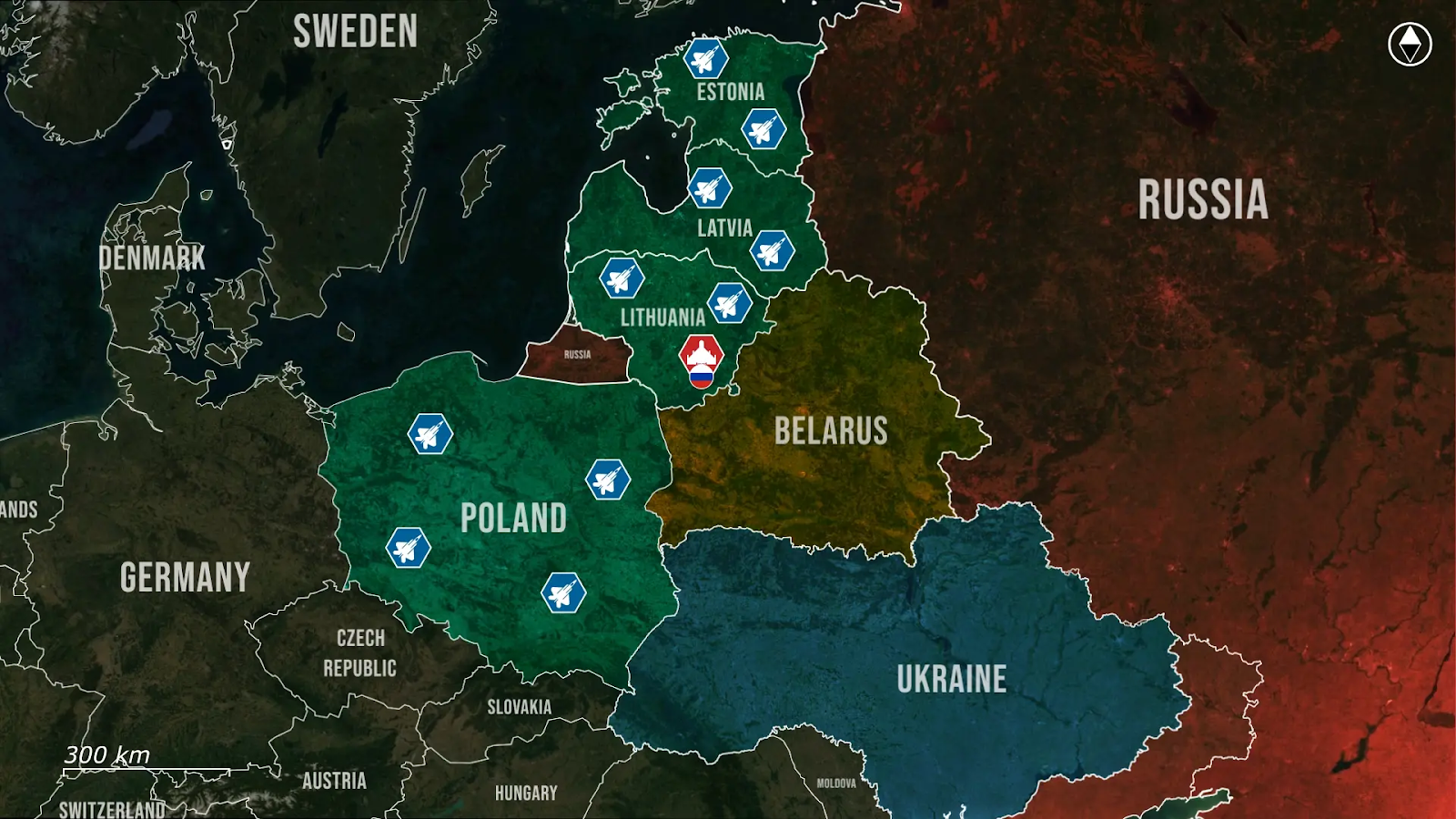
Recently, a Russian Shahed-like drone crossed into Lithuanian airspace from Belarus and flew over the outskirts of Vilnius, the capital of Lithuania, close enough for civilians to see and film the device in flight. Initial fears suggested a live munition had entered Nato airspace, as Shaheds are often fitted with fragmentation, thermobaric, incendiary, or delayed-fuse warheads to cause maximum casualties and damage to civilian property.
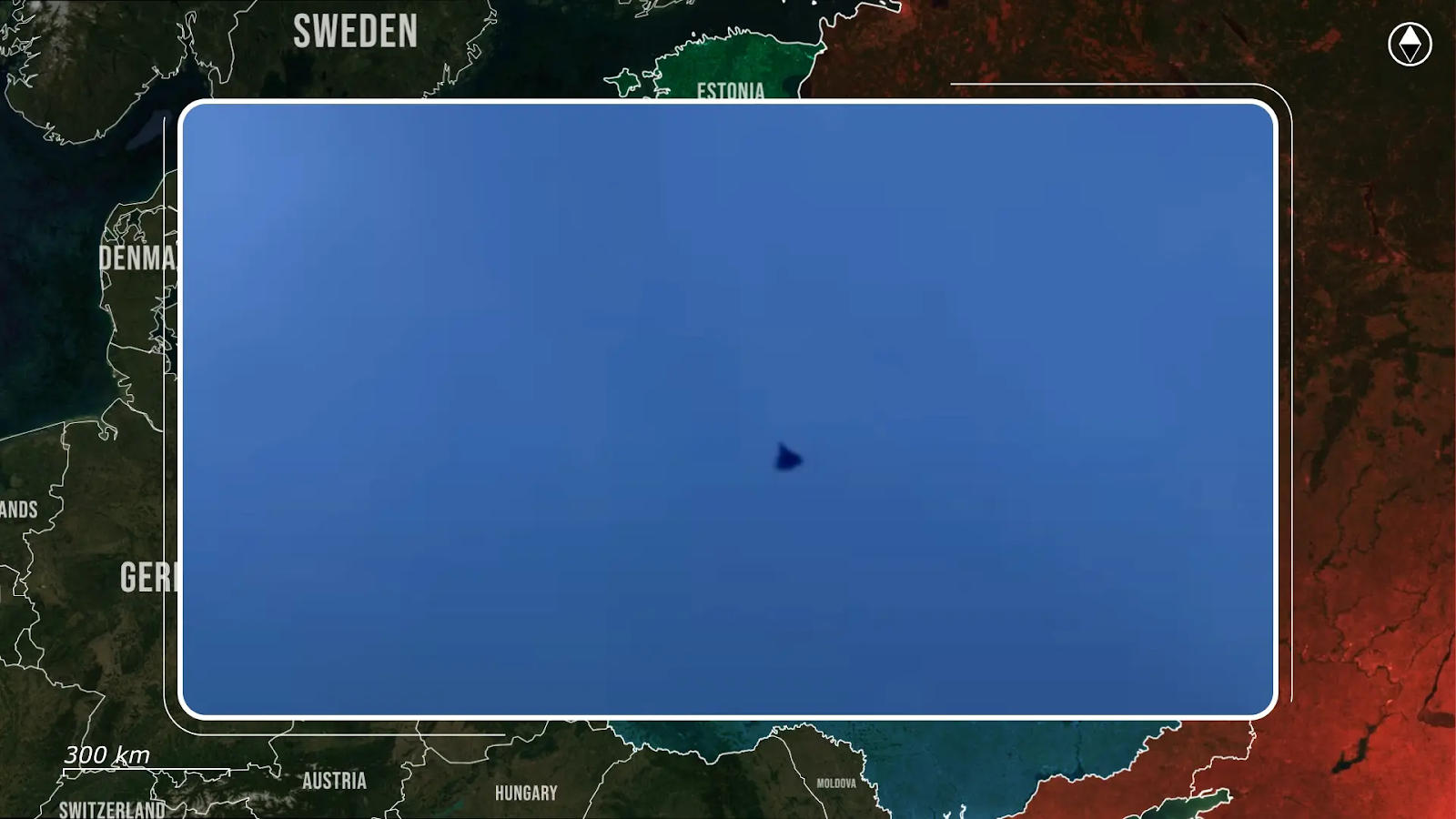
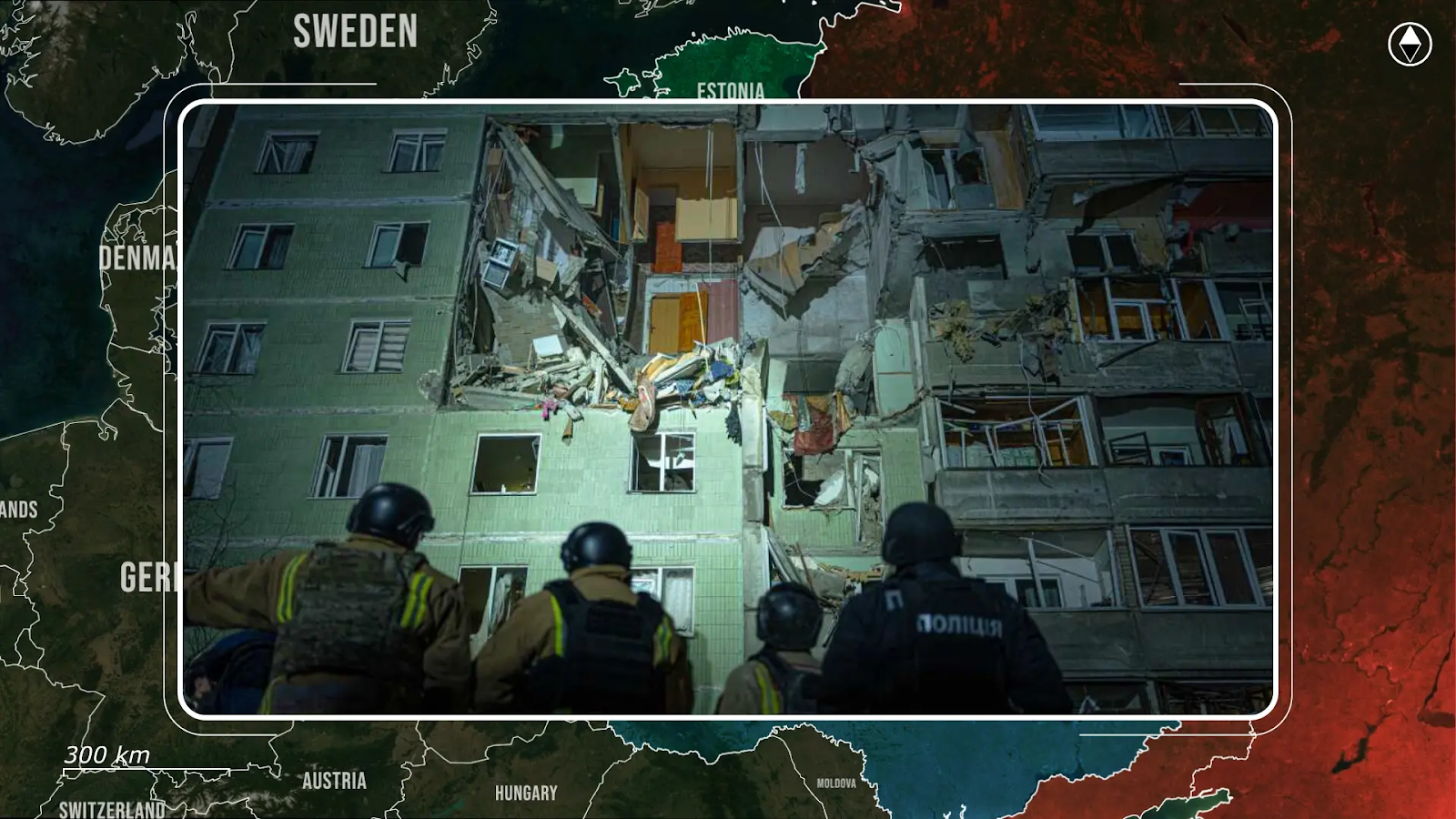
Fortunately, upon further inspection of the video footage, the object was identified as a Gerbera decoy drone, a visually similar platform Russia uses for both reconnaissance and saturation purposes during their daily strikes on Ukrainian cities.
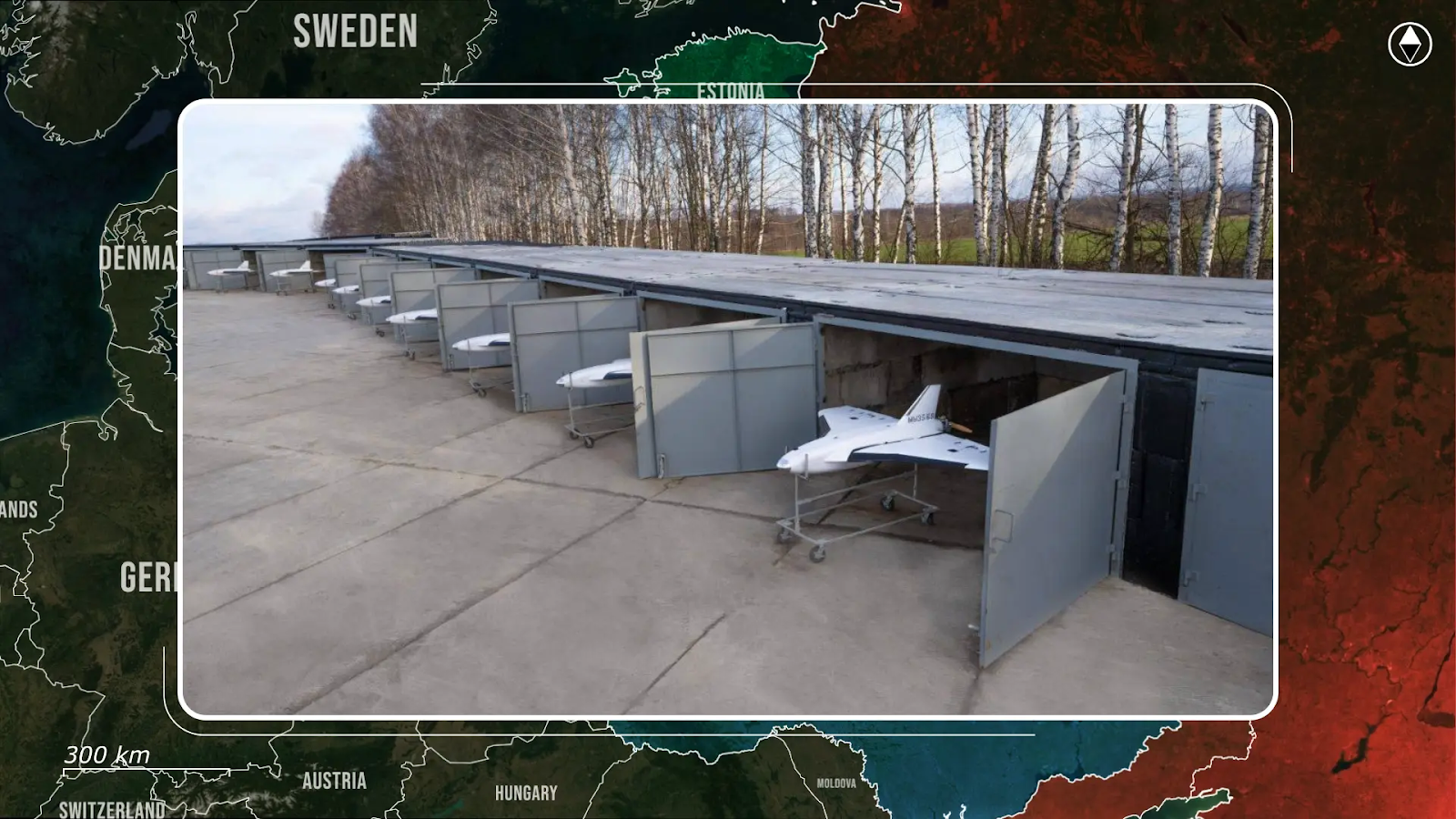
While unarmed, the drone crossed directly over a Nato capital, far from any logical flight path to Ukraine, making it clear that this was no accident.
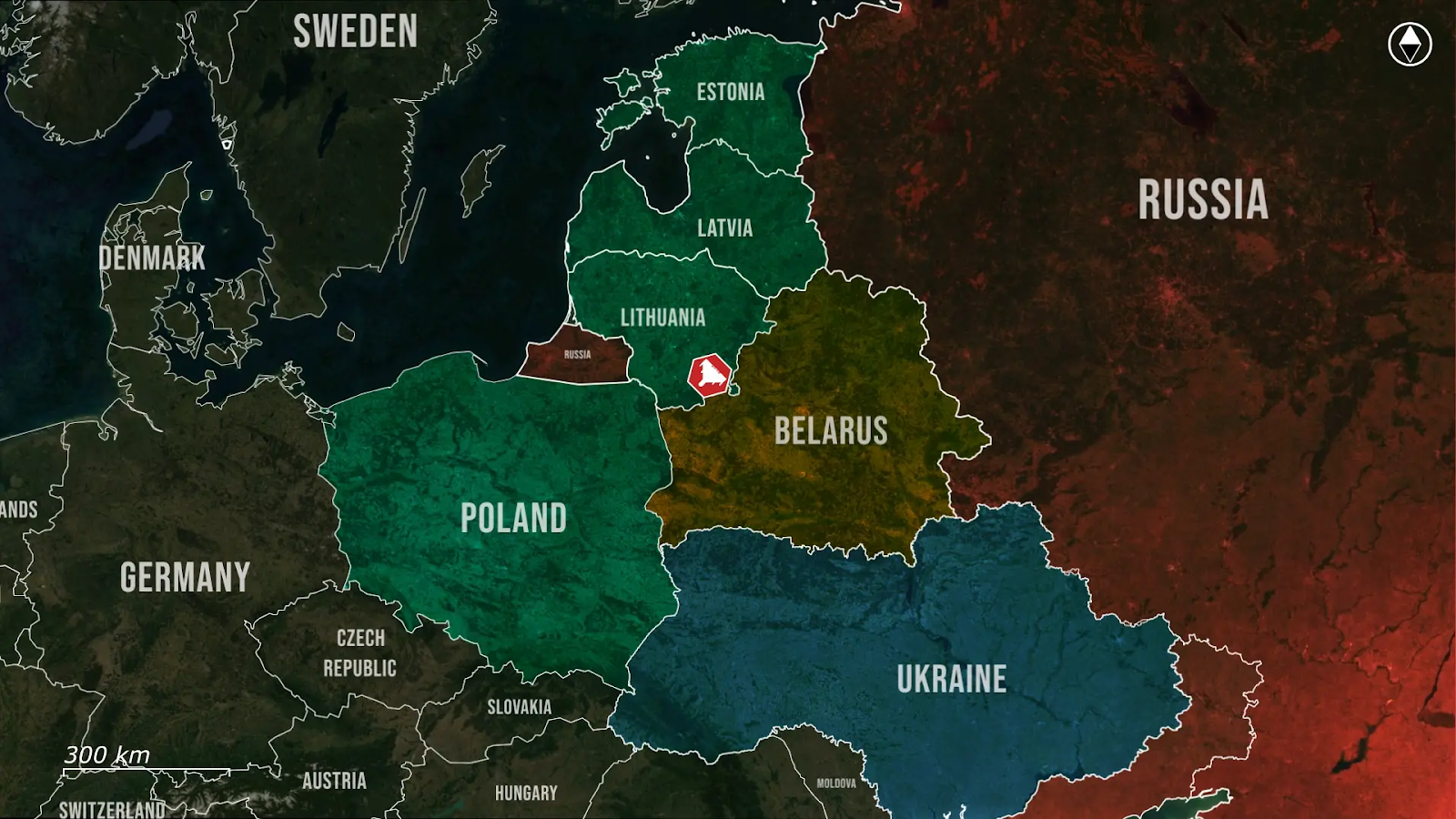
Instead, it was a calculated decision to test Nato’s reaction time, radar coverage, and political tolerance for such direct aerial threats and provocations, and critically, Lithuanian forces did not intercept.
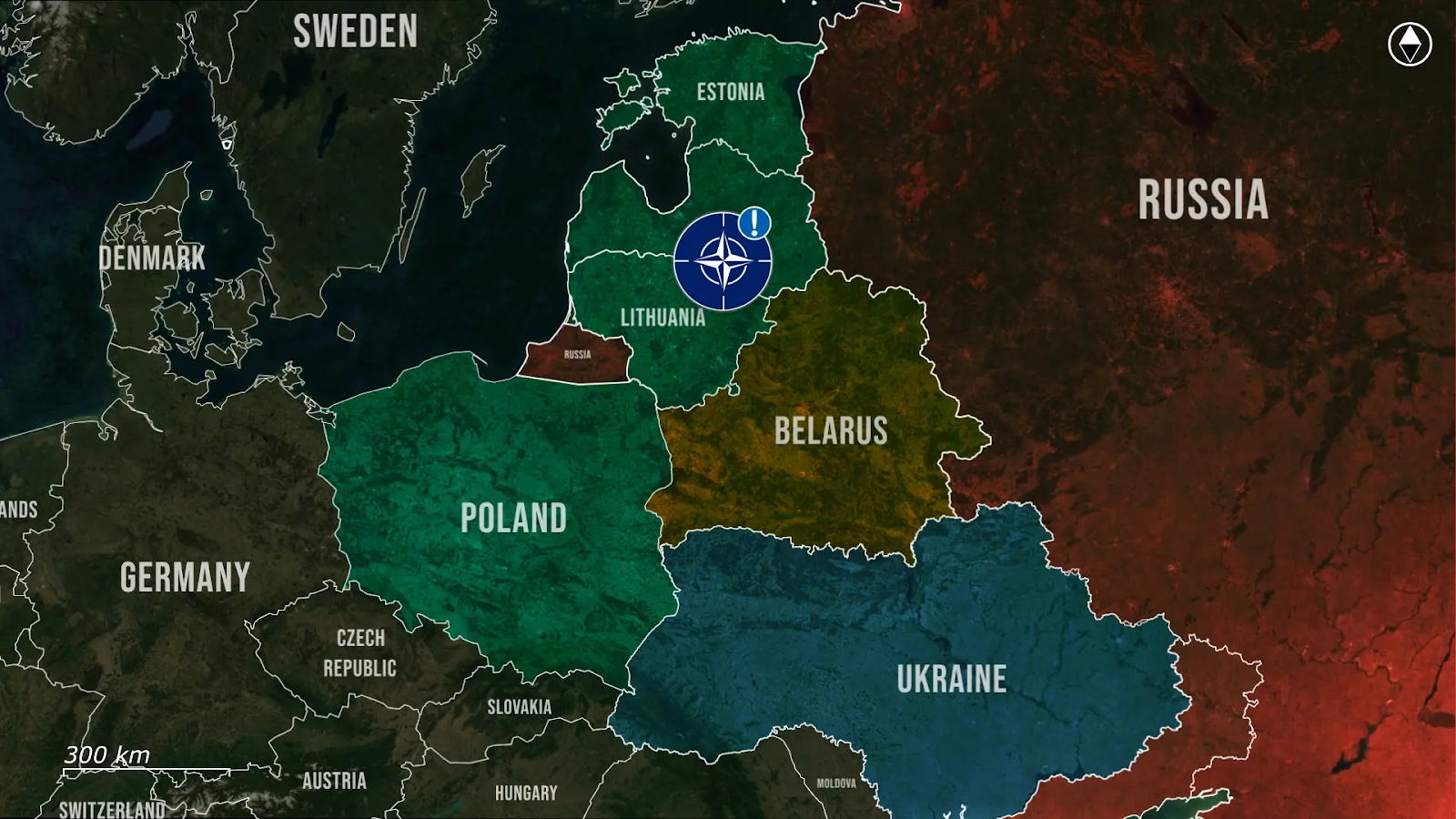
Poland, meanwhile, has entered a state of routine high alert, with Polish and Nato forces scrambling jets and raising radar systems every time Russia launches a large-scale assault on Ukraine, which happens every night and now often even during the day as well. Nato partners, including Swedish Gripens, are now joining Poland in maintaining a high alert status during Russia’s large-scale drone and missile attacks on Ukraine, reinforcing joint readiness across the eastern flank. While these alerts are precautionary, they have become the new norm, as the Polish border lies directly behind the approach paths of Russian missiles and drones targeting western Ukrainian cities. This proximity means any technical malfunction or mid-course deviation could result in a direct violation of Polish airspace, as seen in previous incidents, including when debris from Russian missiles entered Polish territory in 2022, or when a Ukrainian air defense missile landed on a Polish field, killing two farmers.
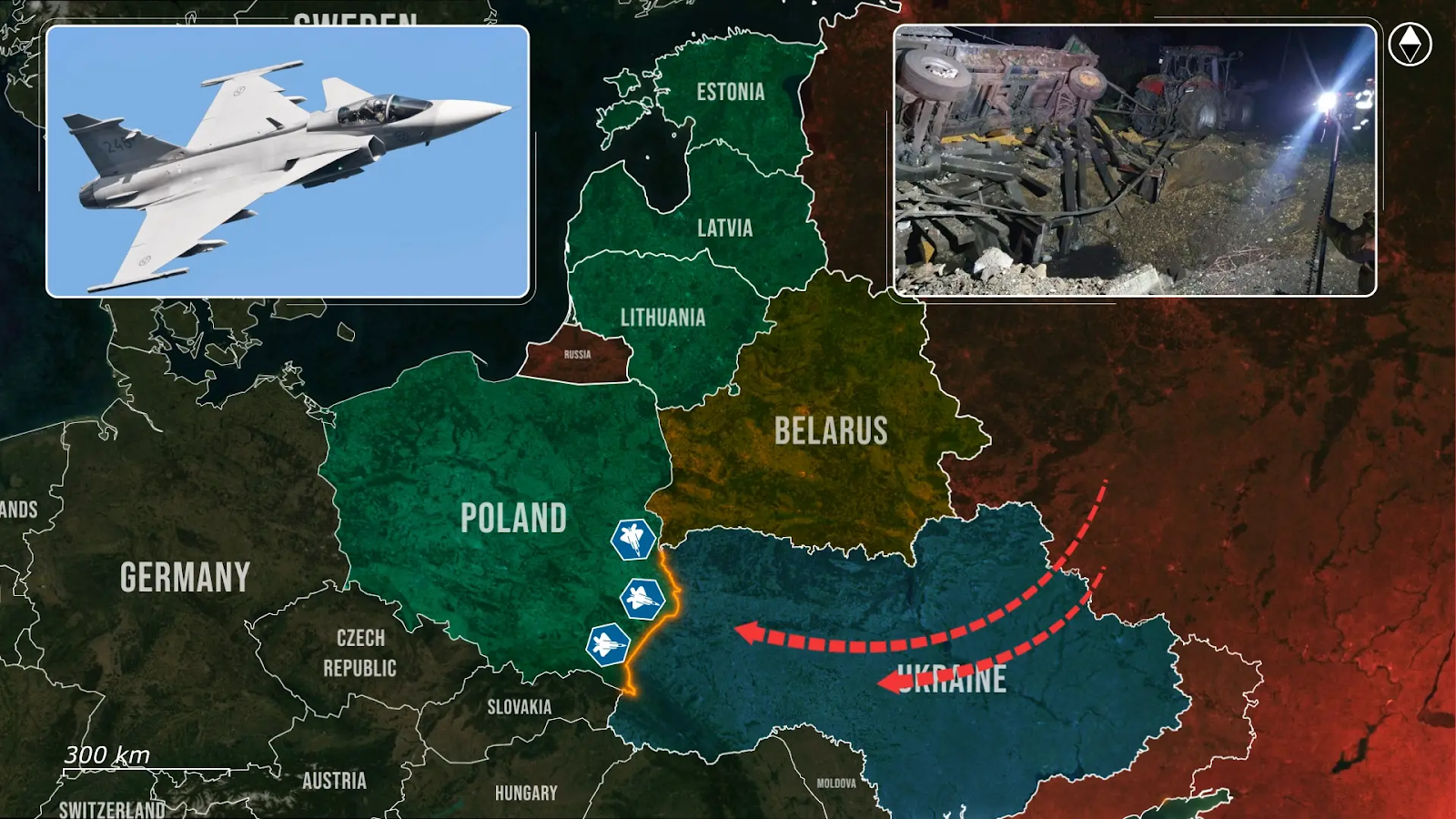
Unlike the calculated provocation over Vilnius, Poland faces a more constant strain of nightly threats, scrambling fighters, activating radar grids, and maintaining alert in civilian areas without knowing whether each launch might cause military objects to cross into its airspace. Across the Baltics, Lithuania, Latvia, and Estonia have long depended on Nato’s Baltic Air Policing mission, with Hungary, Italy, and Spain being part of the current rotation, maintaining quick-reaction alert status and integrated into Nato’s broader air defense system.
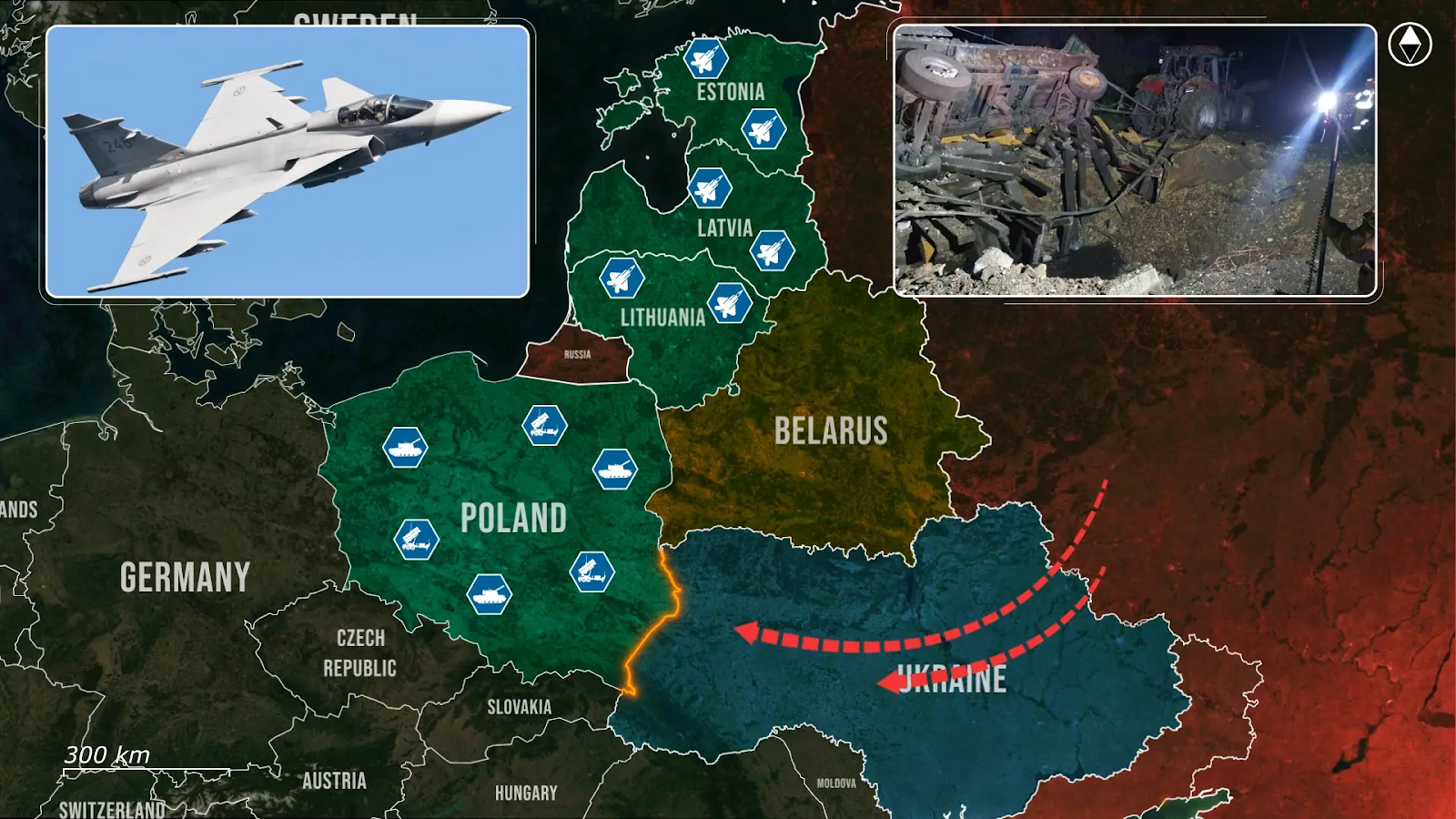
However, the unchallenged drone over Vilnius shows the limits of deterrence alone, and Lithuania is now accelerating the deployments of Ukrainian-developed acoustic drone detection systems, seeking to fill gaps in its early warning networks exposed by the most recent airspace violation.
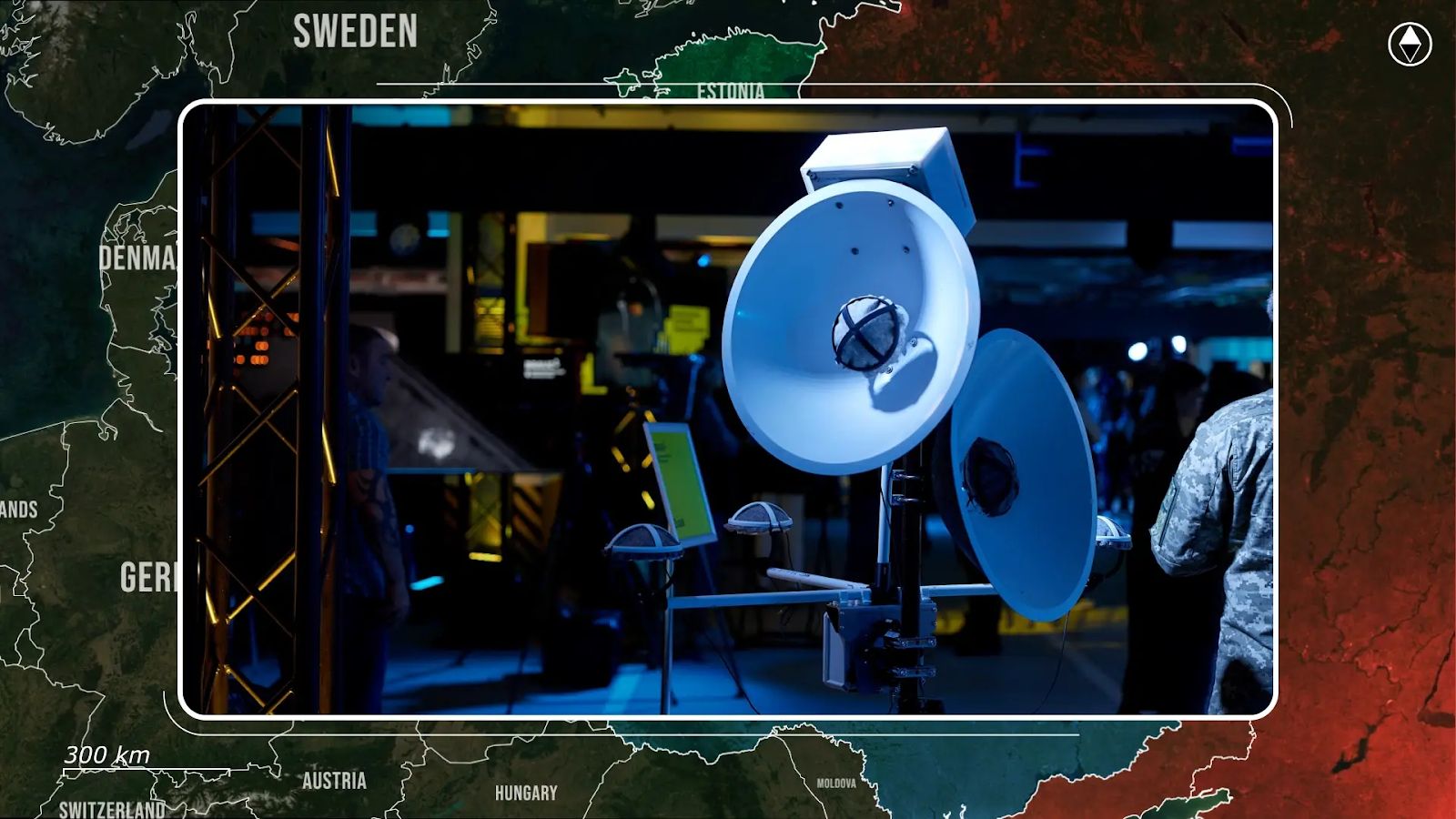
At the same time, the Baltic states are reinforcing their readiness for both air-to-air and ground-to-air engagements by expanding joint training protocols, adapting quick-reaction procedures, and integrating new detection systems designed to counter the threat of low-flying unmanned platforms.
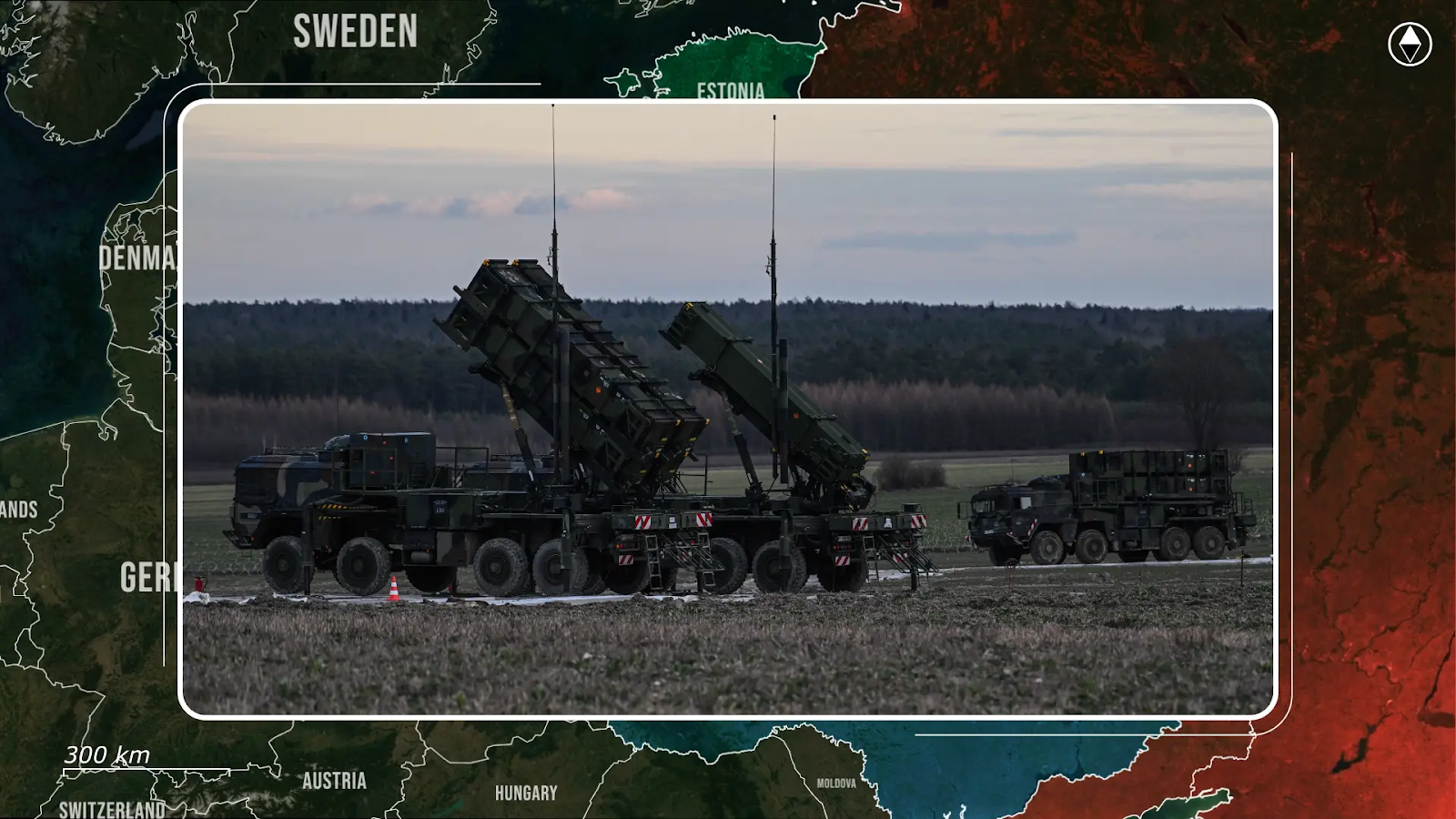
And across all three states, radar tracking, jamming incidents logs, and drone incursions are now analyzed with a single assumption: that any aerial anomaly could be the opening in a broader conflict. The emerging posture is no longer passive monitoring; with new drone detection systems, joint alert protocols, and revised civilian flight corridors, it is becoming forward-leaning, reinforced, and increasingly closed, an Iron Curtain in the air.
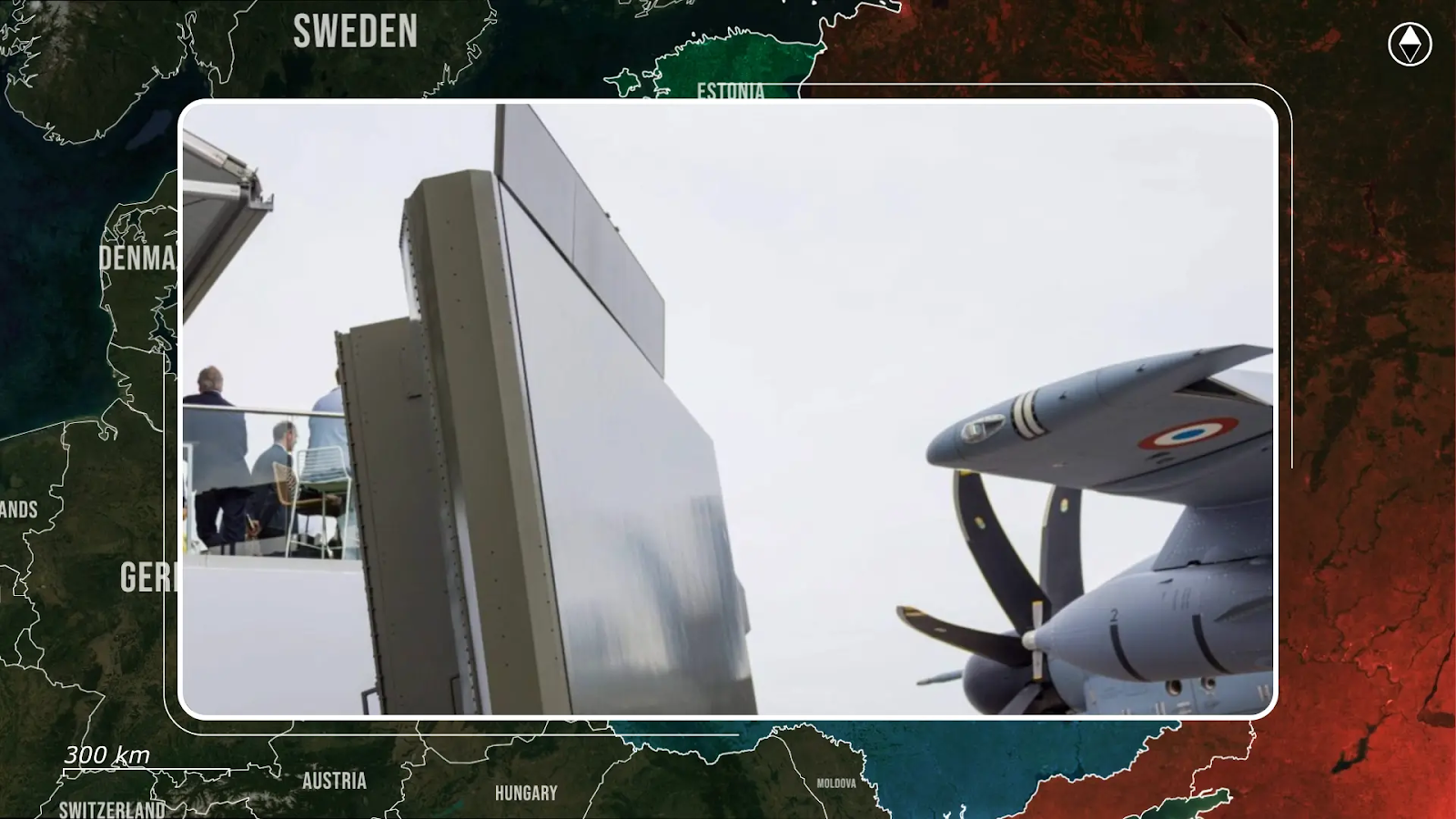

Overall, Russia’s latest airspace violations are increasingly escalating and reshaping Nato’s eastern defenses through repeated, calculated provocations that expose gaps, test thresholds, and force reaction. The incursion over Vilnius is a template for how Moscow may continue to pressure Nato’s eastern flank, trying to provoke member states into triggering an open conflict. As Poland’s nightly alerts become routine and Baltic air defenses are forced to harden, the question is no longer whether Nato will respond, but how far that response will go, and as this pattern deepens, the skies over Eastern Europe are no longer a buffer, they are becoming the front line.
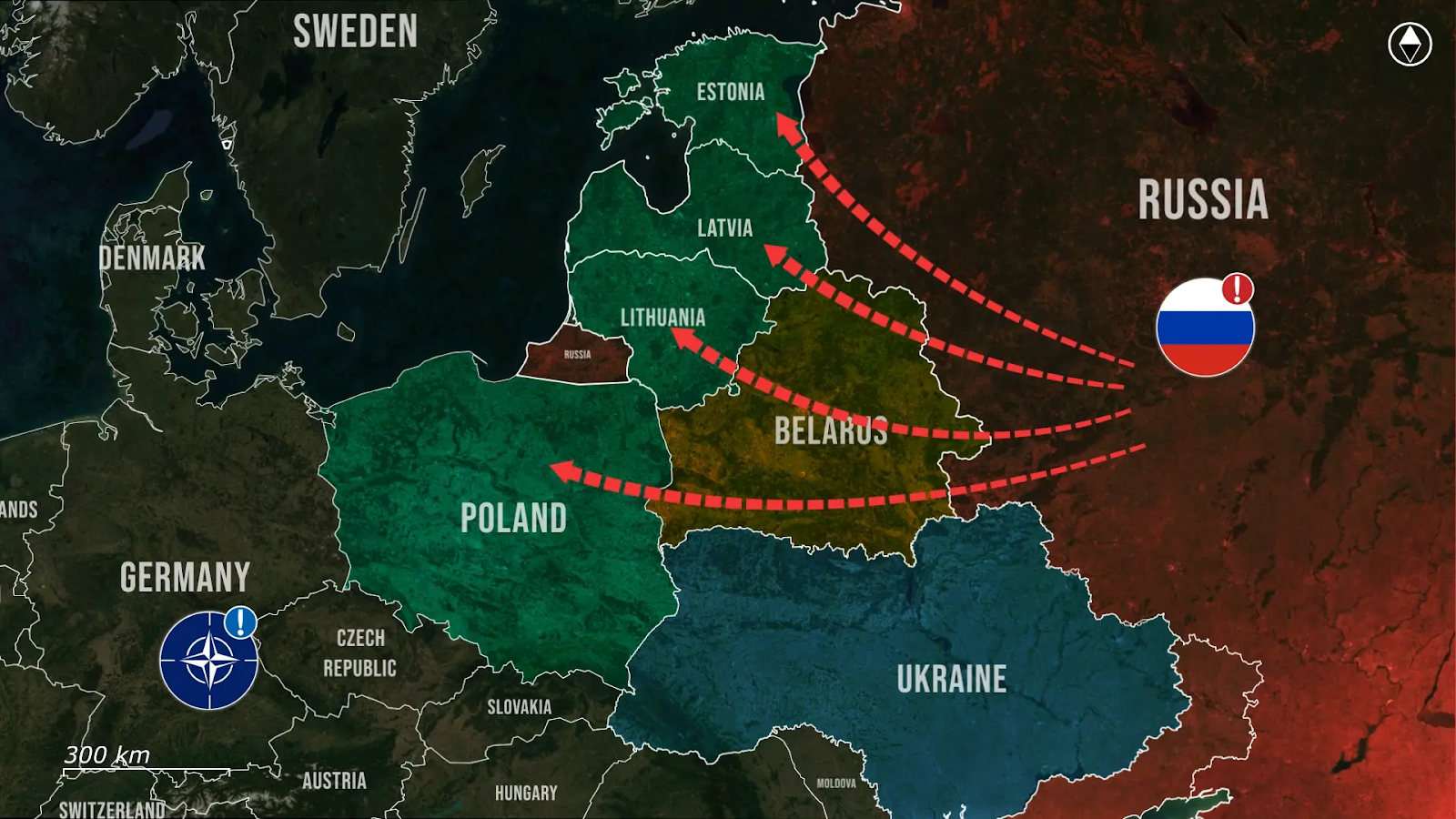








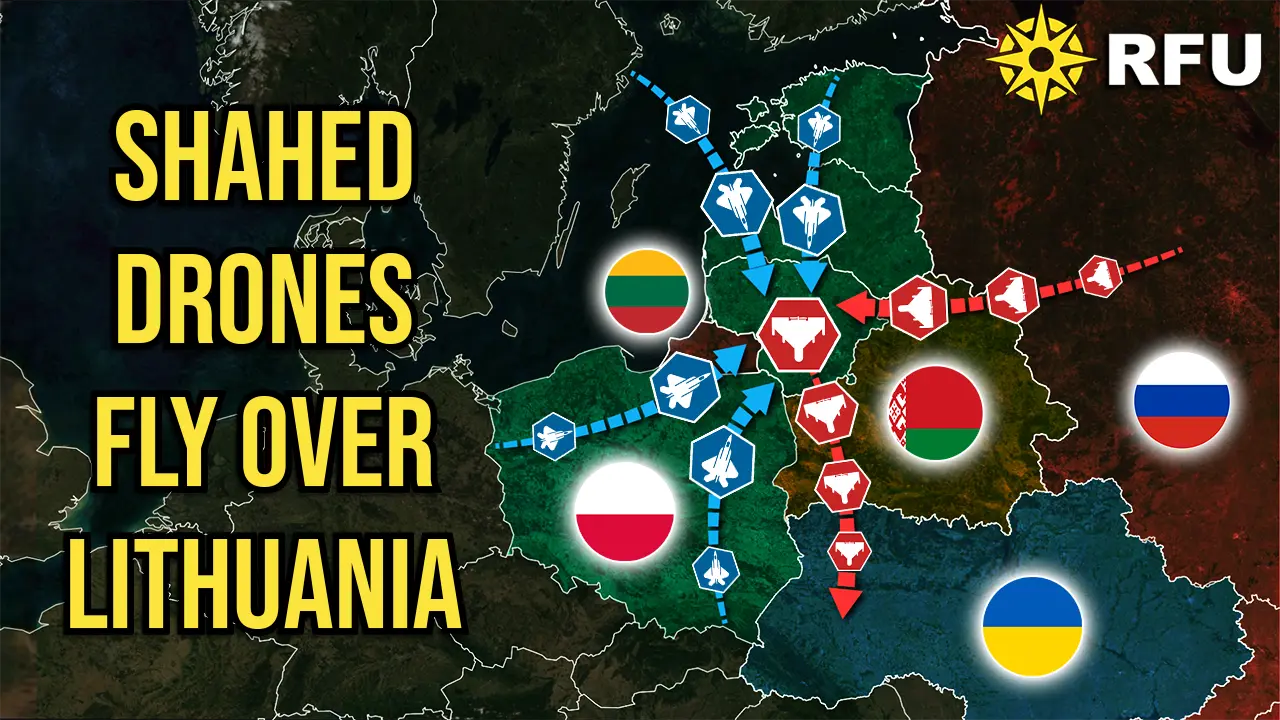
.jpg)
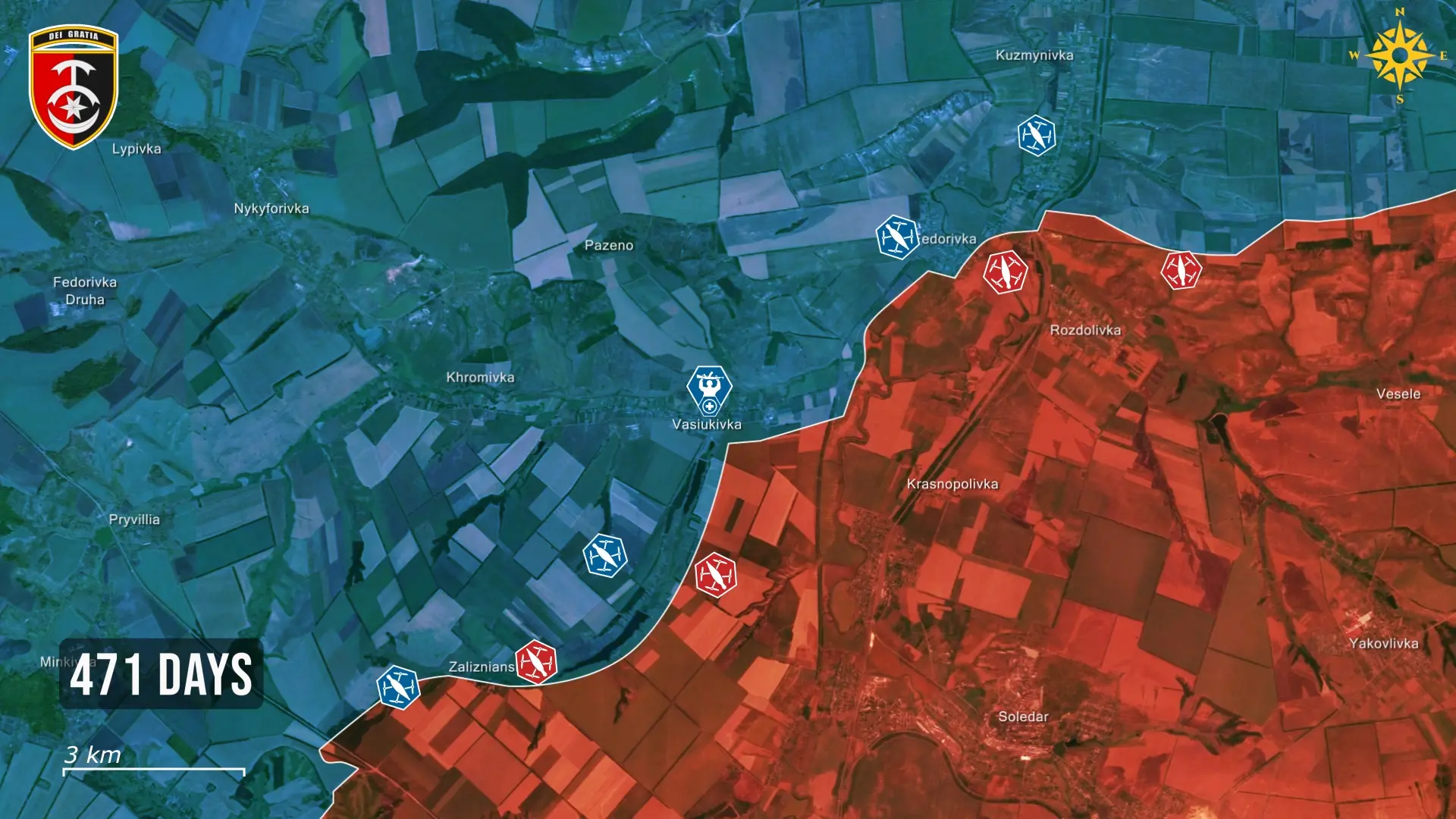
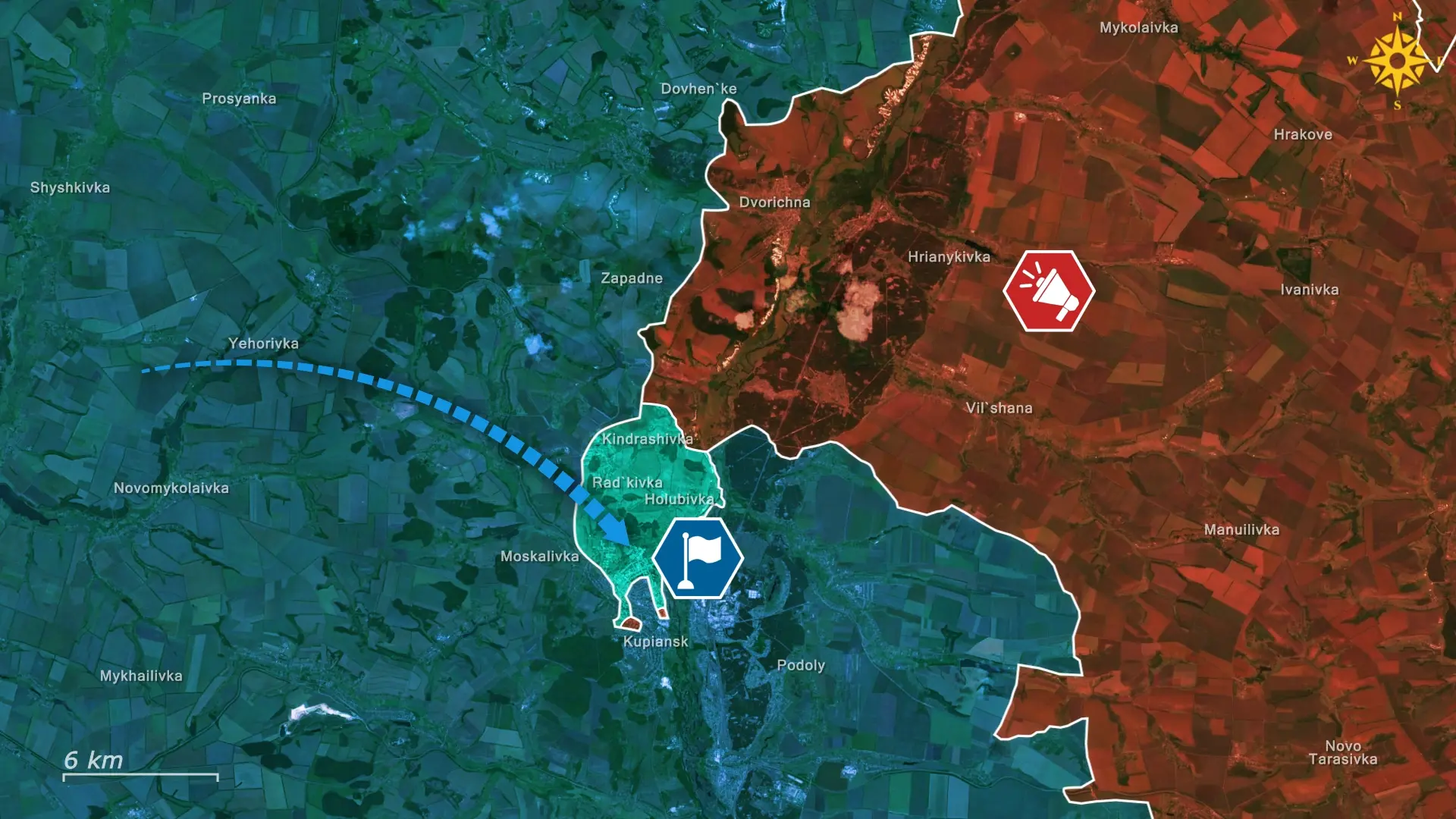
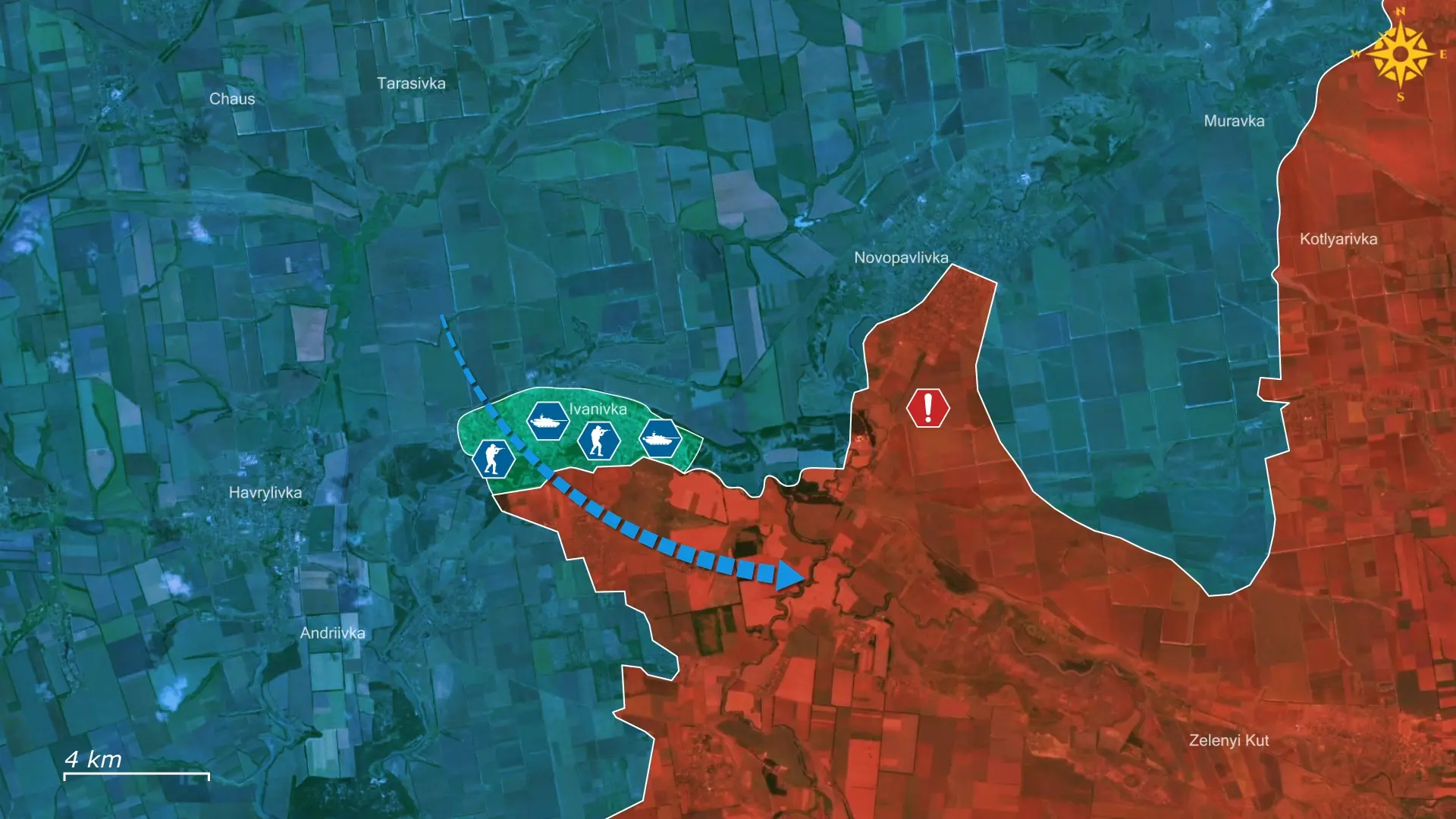
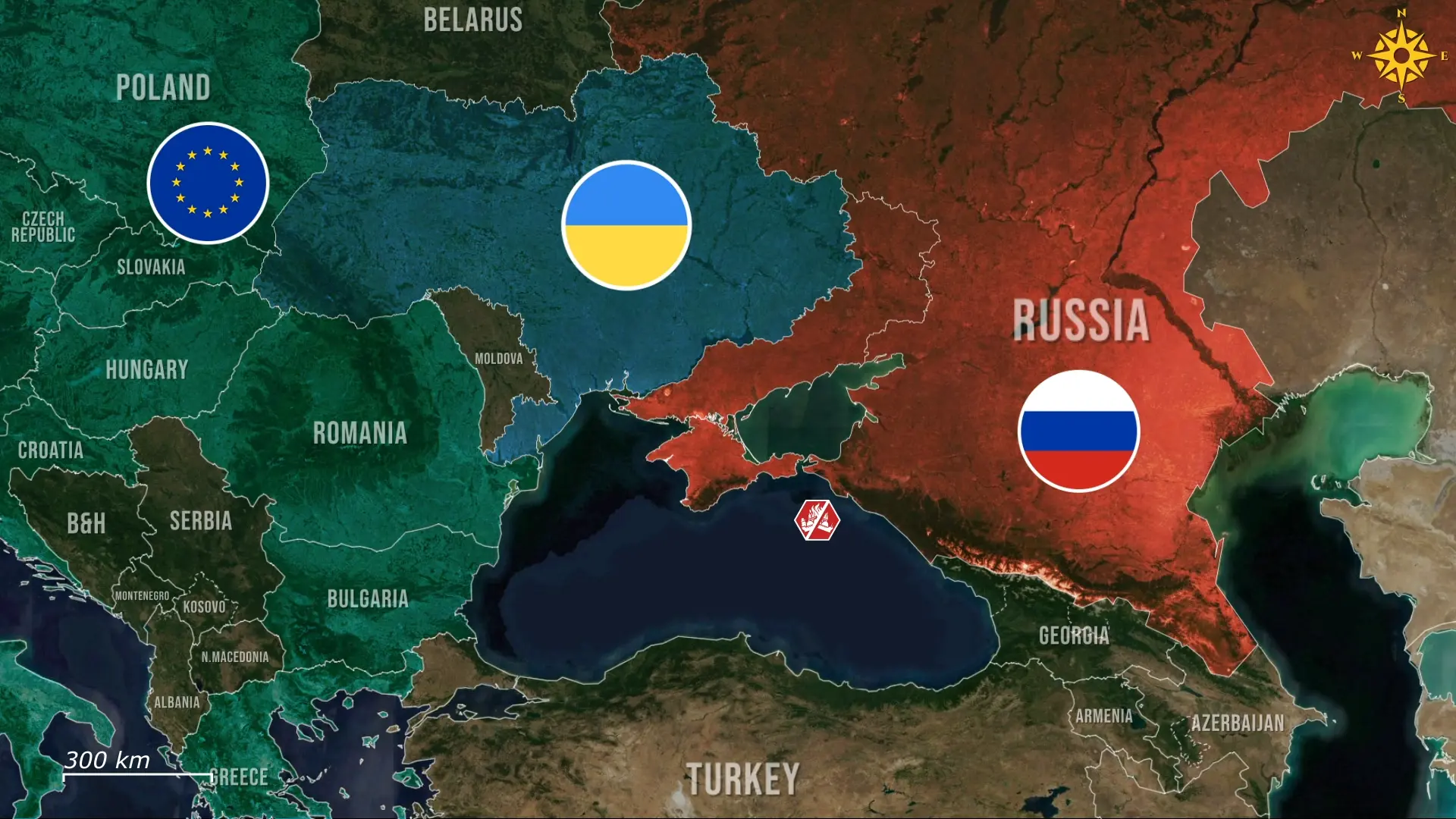
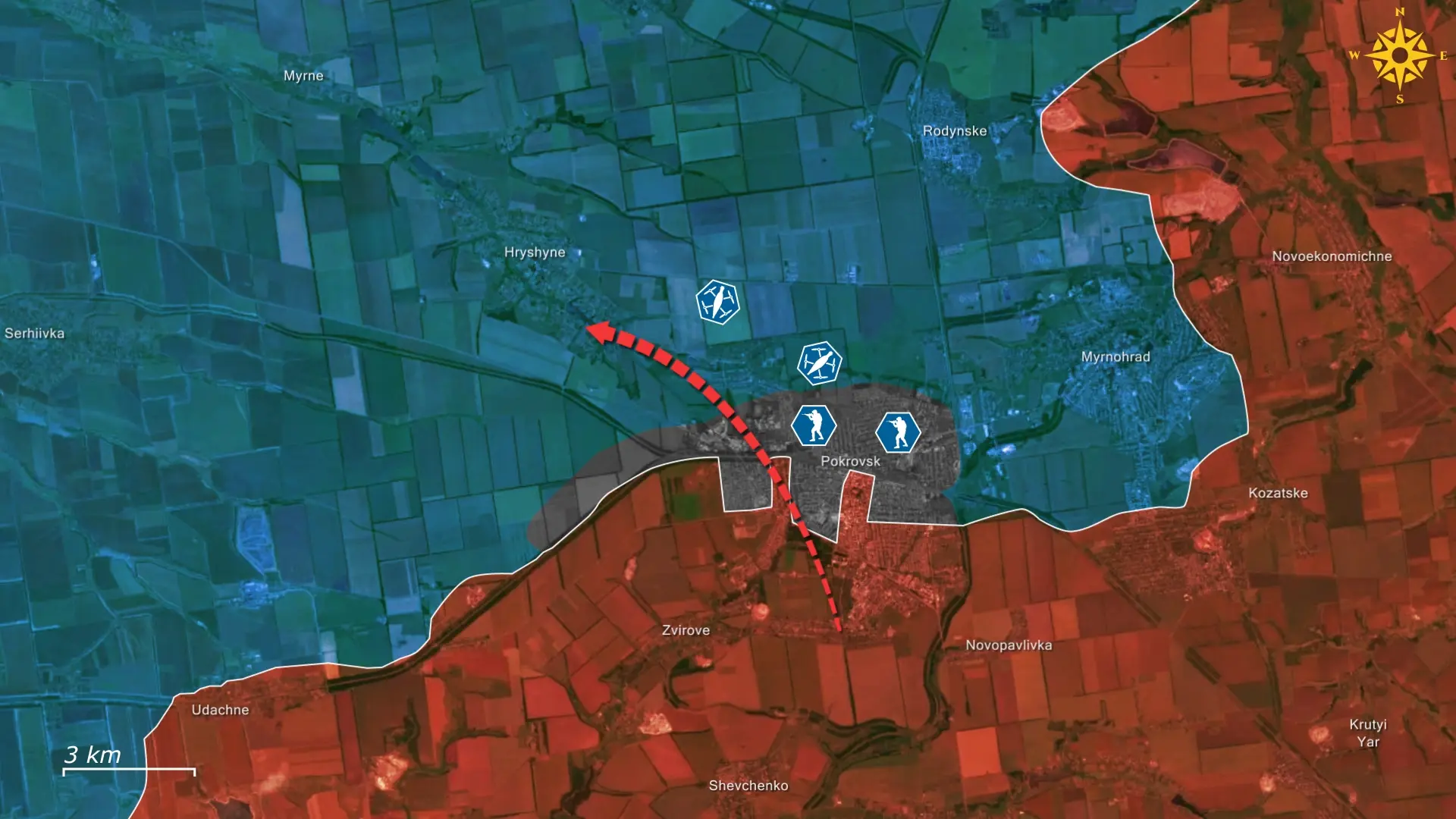
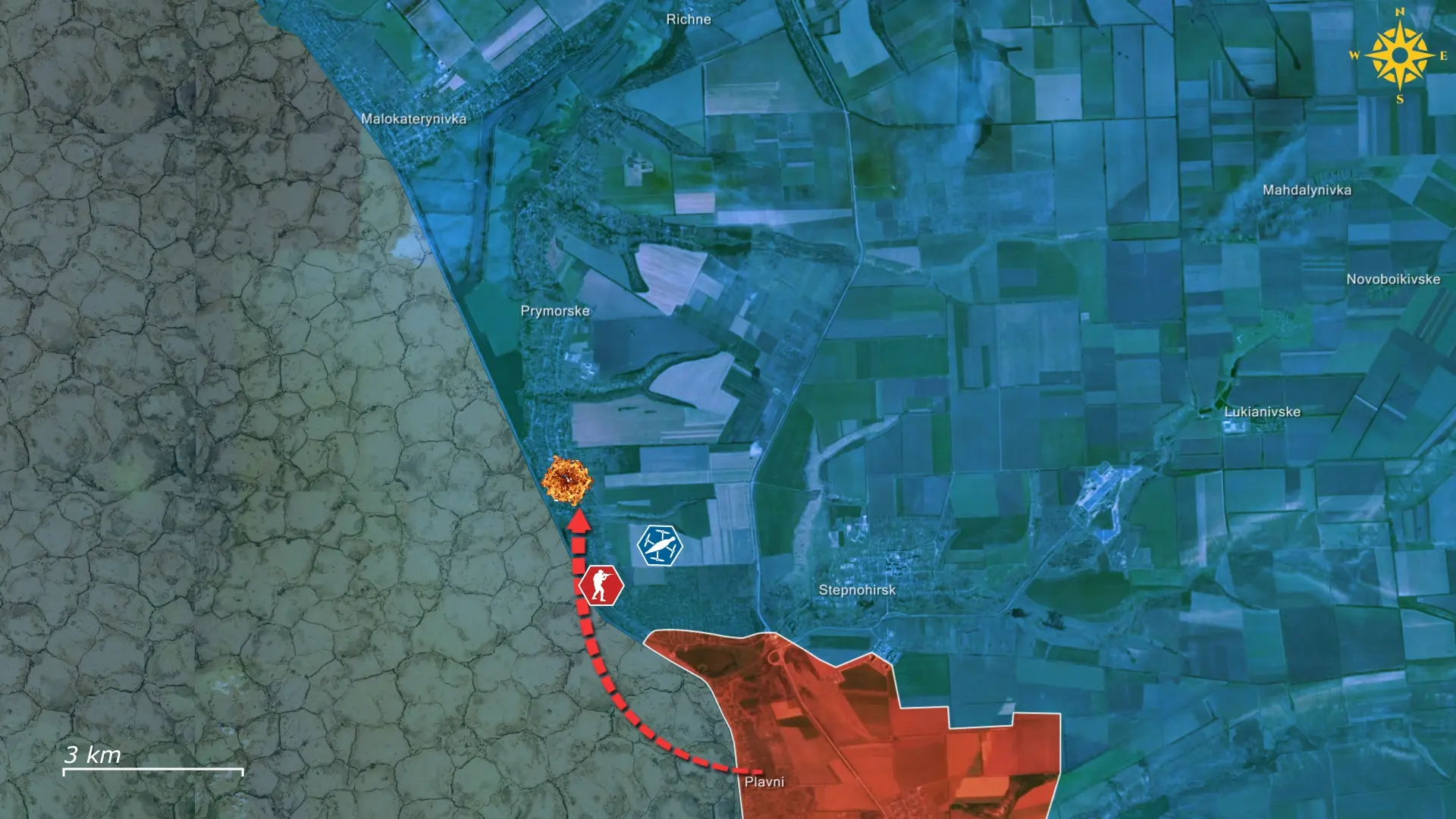

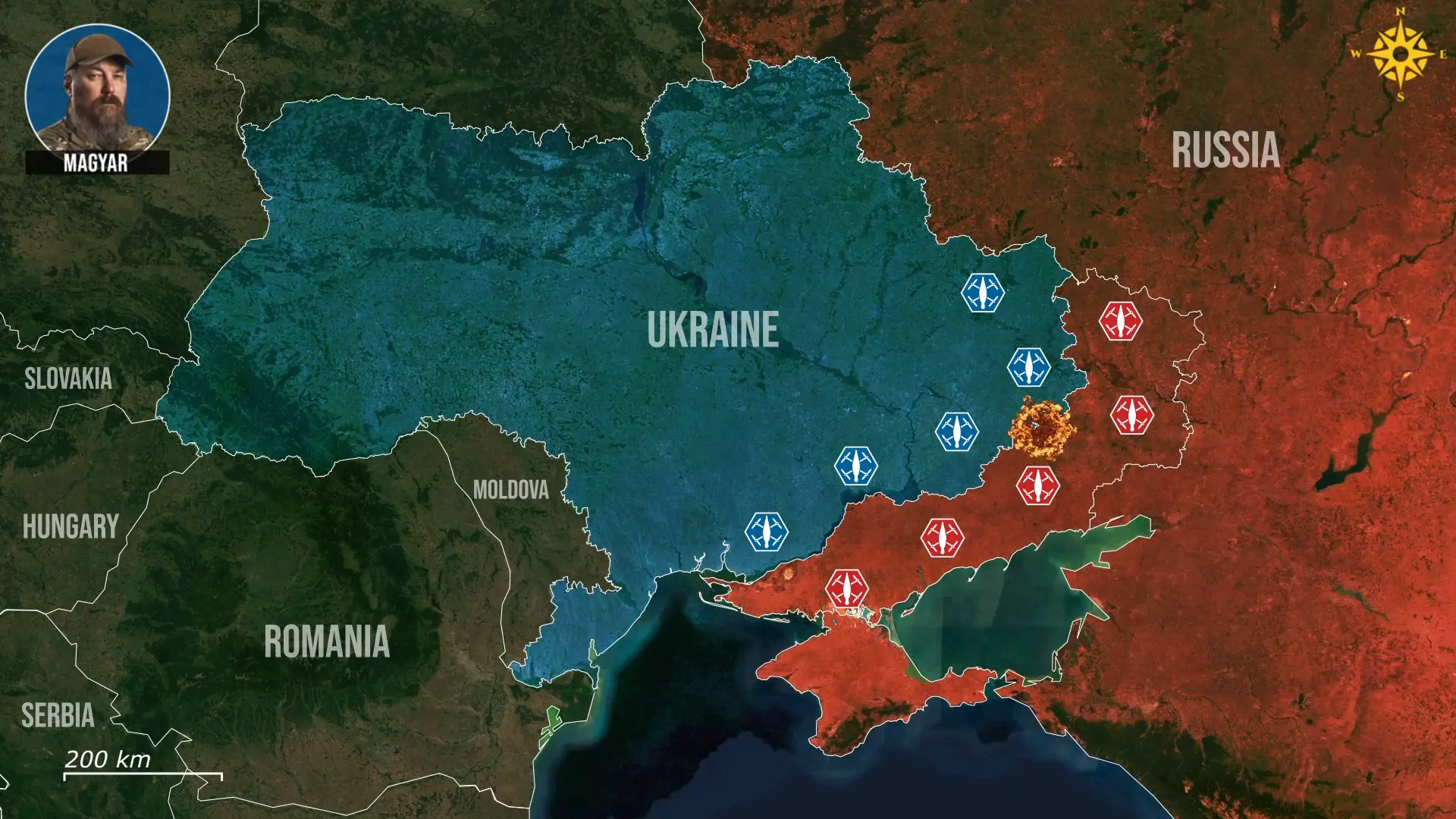
Comments